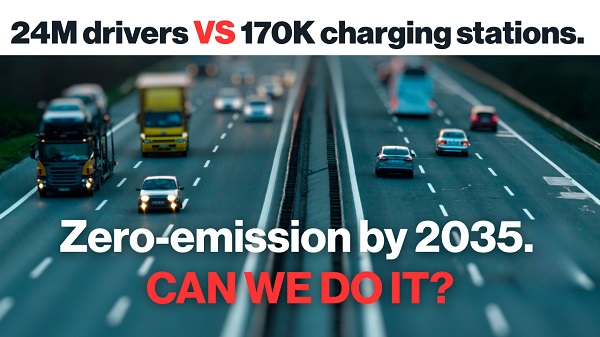Business
King’s coronation cost taxpayers $534,000 and counting

From the Canadian Taxpayers Federation
Author: Franco Terrazzano
Trudeau’s troupe spent $305,188 on accommodations at the Edwardian Pastoria Hotels Ltd., a high-end luxury hotel chain in London. They also spent $45,760 at the Great Scotland Yard Hotel and $15,881 at the Southampton Row Hotel.
Prime Minister Justin Trudeau and the Canadian delegation to King Charles III’s coronation racked up $534,675 in expenses during the three-day trip.
Final costs are expected to rise even higher as expenses are still being processed, according to access-to-information records obtained by the Canadian Taxpayers Federation.
“The King’s coronation is a big event, but that doesn’t mean taxpayers should be paying half-a-million dollars so more than 100 people can travel to England,” said Franco Terrazzano, CTF Federal Director. “It seems like this government goes out of its way to bring along as many people as possible and to stay in the fanciest hotels.”
Canada’s delegation was 102 people strong – including 87 travelling with Trudeau and 15 travelling with Governor General Mary Simon. That means the cost per traveller was $5,241 for the three-day trip.
Trudeau’s troupe spent $305,188 on accommodations at the Edwardian Pastoria Hotels Ltd., a high-end luxury hotel chain in London. They also spent $45,760 at the Great Scotland Yard Hotel and $15,881 at the Southampton Row Hotel.
Simon and her entourage spent $155,283 on rooms at the London & Regional hotel.
Bureaucrats bought $300 worth of wine and beer for the flights to London, then spent $555 at “Majestic Wine London” upon arrival, according to the records.
“Did taxpayers really need to pay for 102 people to travel to England, and did they each need to rack up an average bill of $5,000?” Terrazzano said. “And if bureaucrats want to delete a couple cold ones, they’re paid more than enough money to pick up the tab themselves.”
King Charles III acceded to the throne Sept. 8, 2022, following the death of Queen Elizabeth II. His coronation was held at Westminster Abbey May 6, 2023.
In addition to Trudeau and Simon, the Canadian delegation included various bureaucrats, several Indigenous leaders, a handful of youth leaders and astronauts Jennifer Sidey-Gibbons and Jeremy Hanson, among others.
Canada also sent a sizeable delegation to Queen Elizabeth II’s state funeral in September 2022, racking up nearly $400,000 in hotel costs alone.
Included among those costs was a $6,000-per-night luxury suite at the Corinthia Hotel, which came with a marble bathroom and “complimentary butler service.”
After bureaucrats refused to disclose who had stayed in the River Suite, the CTF filed an access-to-information request. In response, the government released the records, but redacted the name.
The CTF then launched a legal challenge to force the government to disclose who stayed in the suite.
Trudeau finally admitted he stayed in the $6,000 per-night luxury suite during President Joe Biden’s visit to Canada in March 2023.
Documents obtained by the Toronto Sun in February revealed that federal bureaucrats were worried about the cost of hotels for the King’s coronation in the aftermath of the earlier scandal over the $6,000-per-night luxury suite.
Writing to a bureaucrat at Global Affairs Canada, Davon Singh, Director of the Executive Office & Head of Visits at Canada’s High Commission in London, wondered if the size of the Canadian delegation should be reduced to save on costs.
“Should we look into reduced numbers or stick with the amount you’ve currently sent us?” Singh wrote.
“I think we should keep our current numbers,” read the response from the Visits Coordinator for Global Affairs Canada.
Business
Dallas mayor invites NYers to first ‘sanctuary city from socialism’
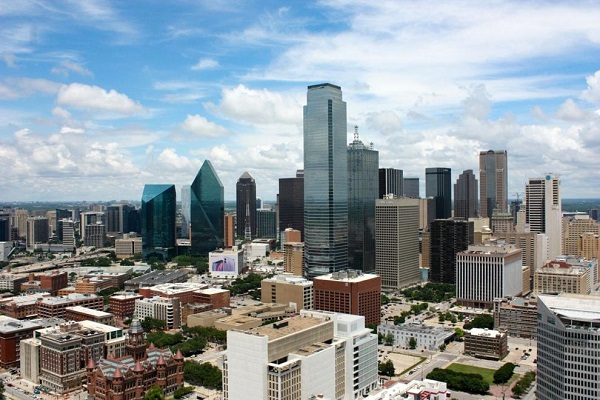
From The Center Square
By
After the self-described socialist Zohran Mamdani won the Democratic primary for mayor in New York, Dallas Mayor Eric Johnson invited New Yorkers and others to move to Dallas.
Mamdani has vowed to implement a wide range of tax increases on corporations and property and to “shift the tax burden” to “richer and whiter neighborhoods.”
New York businesses and individuals have already been relocating to states like Texas, which has no corporate or personal income taxes.
Johnson, a Black mayor and former Democrat, switched parties to become a Republican in 2023 after opposing a city council tax hike, The Center Square reported.
“Dear Concerned New York City Resident or Business Owner: Don’t panic,” Johnson said. “Just move to Dallas, where we strongly support our police, value our partners in the business community, embrace free markets, shun excessive regulation, and protect the American Dream!”
Fortune 500 companies and others in recent years continue to relocate their headquarters to Dallas; it’s also home to the new Texas Stock Exchange (TXSE). The TXSE will provide an alternative to the New York Stock Exchange and Nasdaq and there are already more finance professionals in Texas than in New York, TXSE Group Inc. founder and CEO James Lee argues.
From 2020-2023, the Dallas-Fort Worth-Arlington MSA reported the greatest percentage of growth in the country of 34%, The Center Square reported.
Johnson on Thursday continued his invitation to New Yorkers and others living in “socialist” sanctuary cities, saying on social media, “If your city is (or is about to be) a sanctuary for criminals, mayhem, job-killing regulations, and failed socialist experiments, I have a modest invitation for you: MOVE TO DALLAS. You can call us the nation’s first official ‘Sanctuary City from Socialism.’”
“We value free enterprise, law and order, and our first responders. Common sense and the American Dream still reside here. We have all your big-city comforts and conveniences without the suffocating vice grip of government bureaucrats.”
As many Democratic-led cities joined a movement to defund their police departments, Johnson prioritized police funding and supporting law and order.
“Back in the 1800s, people moving to Texas for greater opportunities would etch ‘GTT’ for ‘Gone to Texas’ on their doors moving to the Mexican colony of Tejas,” Johnson continued, referring to Americans who moved to the Mexican colony of Tejas to acquire land grants from the Mexican government.
“If you’re a New Yorker heading to Dallas, maybe try ‘GTD’ to let fellow lovers of law and order know where you’ve gone,” Johnson said.
Modern-day GTT movers, including a large number of New Yorkers, cite high personal income taxes, high property taxes, high costs of living, high crime, and other factors as their reasons for leaving their states and moving to Texas, according to multiple reports over the last few years.
In response to Johnson’s invitation, Gov. Greg Abbott said, “Dallas is the first self-declared “Sanctuary City from Socialism. The State of Texas will provide whatever support is needed to fulfill that mission.”
The governor has already been doing this by signing pro-business bills into law and awarding Texas Enterprise Grants to businesses that relocate or expand operations in Texas, many of which are doing so in the Dallas area.
“Texas truly is the Best State for Business and stands as a model for the nation,” Abbott said. “Freedom is a magnet, and Texas offers entrepreneurs and hardworking Texans the freedom to succeed. When choosing where to relocate or expand their businesses, more innovative industry leaders recognize the competitive advantages found only in Texas. The nation’s leading CEOs continually cite our pro-growth economic policies – with no corporate income tax and no personal income tax – along with our young, skilled, diverse, and growing workforce, easy access to global markets, robust infrastructure, and predictable business-friendly regulations.”
Business
National dental program likely more costly than advertised

From the Fraser Institute
By Matthew Lau
At the beginning of June, the Canadian Dental Care Plan expanded to include all eligible adults. To be eligible, you must: not have access to dental insurance, have filed your 2024 tax return in Canada, have an adjusted family net income under $90,000, and be a Canadian resident for tax purposes.
As a result, millions more Canadians will be able to access certain dental services at reduced—or no—out-of-pocket costs, as government shoves the costs onto the backs of taxpayers. The first half of the proposition, accessing services at reduced or no out-of-pocket costs, is always popular; the second half, paying higher taxes, is less so.
A Leger poll conducted in 2022 found 72 per cent of Canadians supported a national dental program for Canadians with family incomes up to $90,000—but when asked whether they would support the program if it’s paid for by an increase in the sales tax, support fell to 42 per cent. The taxpayer burden is considerable; when first announced two years ago, the estimated price tag was $13 billion over five years, and then $4.4 billion ongoing.
Already, there are signs the final cost to taxpayers will far exceed these estimates. Dr. Maneesh Jain, the immediate past-president of the Ontario Dental Association, has pointed out that according to Health Canada the average patient saved more than $850 in out-of-pocket costs in the program’s first year. However, the Trudeau government’s initial projections in the 2023 federal budget amounted to $280 per eligible Canadian per year.
Not all eligible Canadians will necessarily access dental services every year, but the massive gap between $850 and $280 suggests the initial price tag may well have understated taxpayer costs—a habit of the federal government, which over the past decade has routinely spent above its initial projections and consistently revises its spending estimates higher with each fiscal update.
To make matters worse there are also significant administrative costs. According to a story in Canadian Affairs, “Dental associations across Canada are flagging concerns with the plan’s structure and sustainability. They say the Canadian Dental Care Plan imposes significant administrative burdens on dentists, and that the majority of eligible patients are being denied care for complex dental treatments.”
Determining eligibility and coverage is a huge burden. Canadians must first apply through the government portal, then wait weeks for Sun Life (the insurer selected by the federal government) to confirm their eligibility and coverage. Unless dentists refuse to provide treatment until they have that confirmation, they or their staff must sometimes chase down patients after the fact for any co-pay or fees not covered.
Moreover, family income determines coverage eligibility, but even if patients are enrolled in the government program, dentists may not be able to access this information quickly. This leaves dentists in what Dr. Hans Herchen, president of the Alberta Dental Association, describes as the “very awkward spot” of having to verify their patients’ family income.
Dentists must also try to explain the program, which features high rejection rates, to patients. According to Dr. Anita Gartner, president of the British Columbia Dental Association, more than half of applications for complex treatment are rejected without explanation. This reduces trust in the government program.
Finally, the program creates “moral hazard” where people are encouraged to take riskier behaviour because they do not bear the full costs. For example, while we can significantly curtail tooth decay by diligent toothbrushing and flossing, people might be encouraged to neglect these activities if their dental services are paid by taxpayers instead of out-of-pocket. It’s a principle of basic economics that socializing costs will encourage people to incur higher costs than is really appropriate (see Canada’s health-care system).
At a projected ongoing cost of $4.4 billion to taxpayers, the newly expanded national dental program is already not cheap. Alas, not only may the true taxpayer cost be much higher than this initial projection, but like many other government initiatives, the dental program already seems to be more costly than initially advertised.
-

 Business1 day ago
Business1 day agoCanada’s loyalty to globalism is bleeding our economy dry
-

 Agriculture2 days ago
Agriculture2 days agoCanada’s supply management system is failing consumers
-
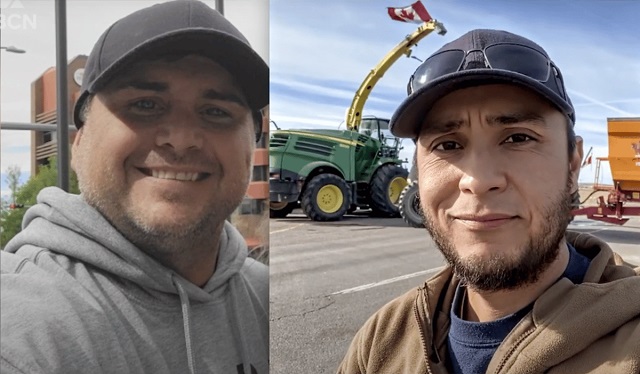
 Alberta1 day ago
Alberta1 day agoCOVID mandates protester in Canada released on bail after over 2 years in jail
-

 armed forces1 day ago
armed forces1 day agoCanada’s Military Can’t Be Fixed With Cash Alone
-

 Alberta24 hours ago
Alberta24 hours agoAlberta Next: Alberta Pension Plan
-

 International1 day ago
International1 day agoTrump transportation secretary tells governors to remove ‘rainbow crosswalks’
-
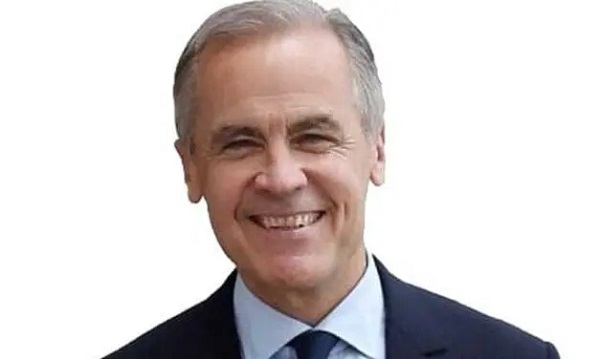
 Business1 day ago
Business1 day agoCarney’s spending makes Trudeau look like a cheapskate
-
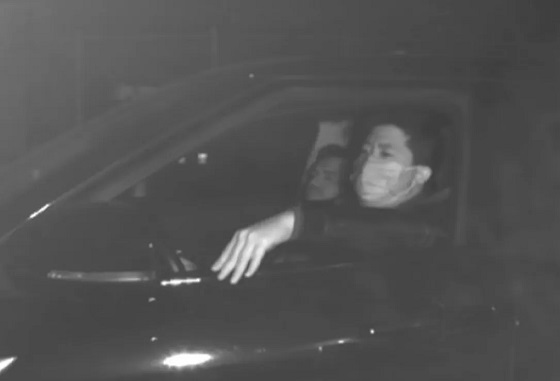
 Crime2 days ago
Crime2 days agoProject Sleeping Giant: Inside the Chinese Mercantile Machine Linking Beijing’s Underground Banks and the Sinaloa Cartel

